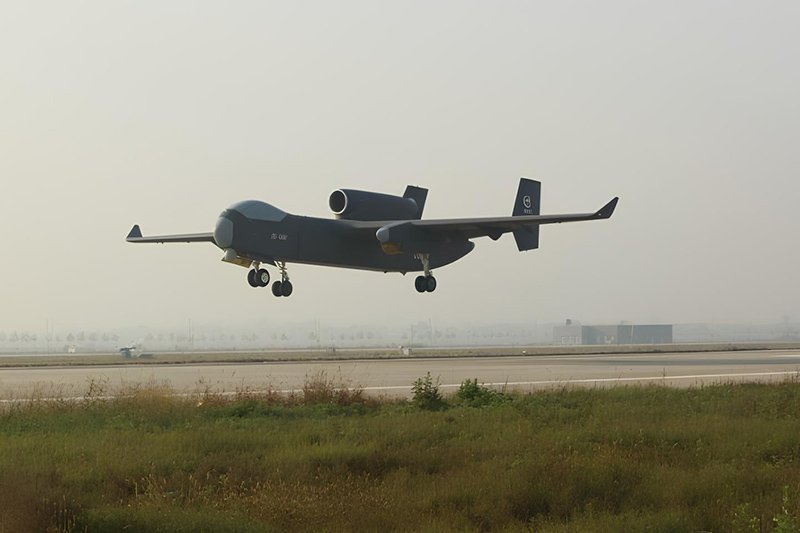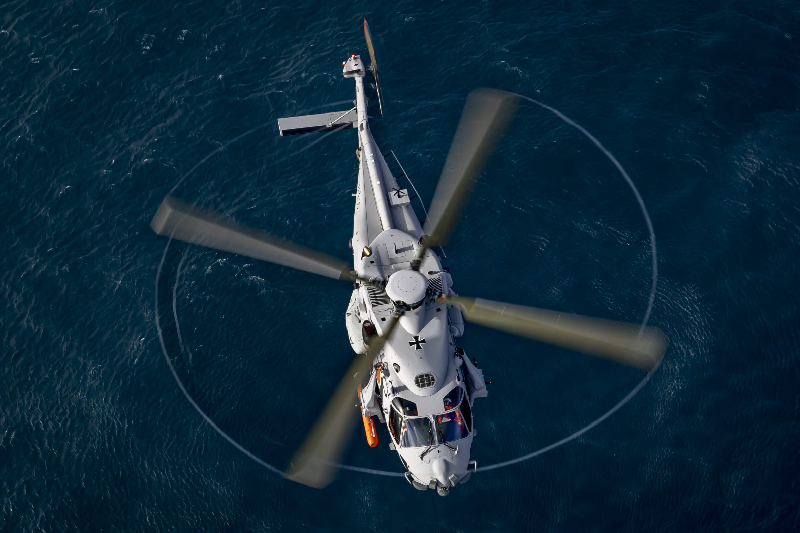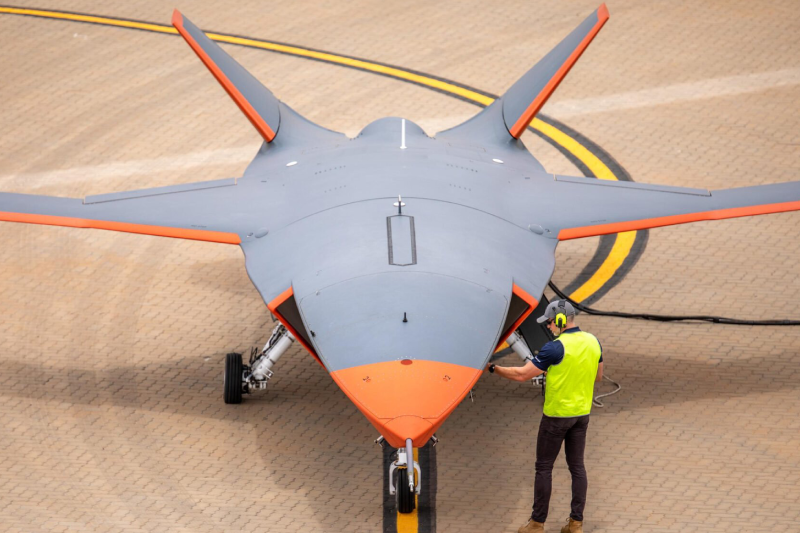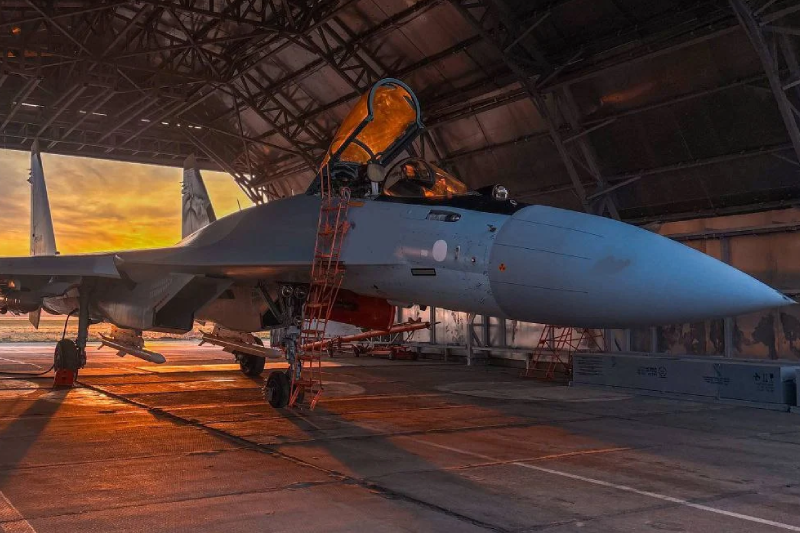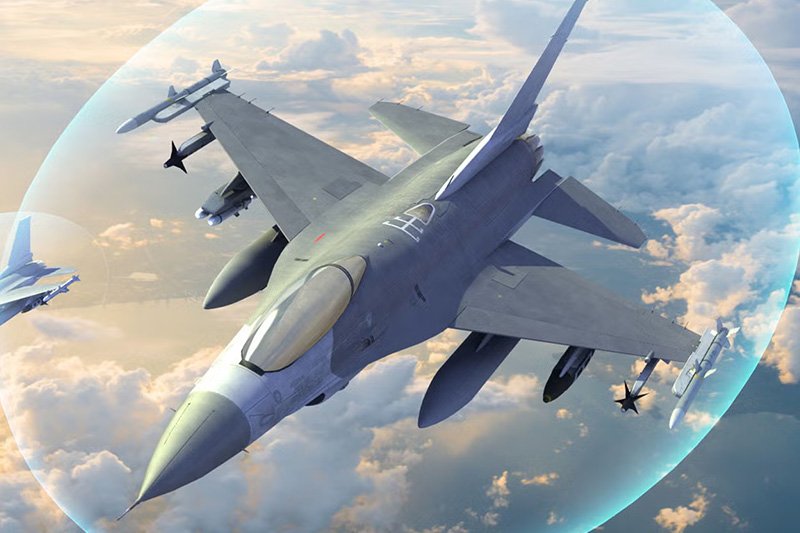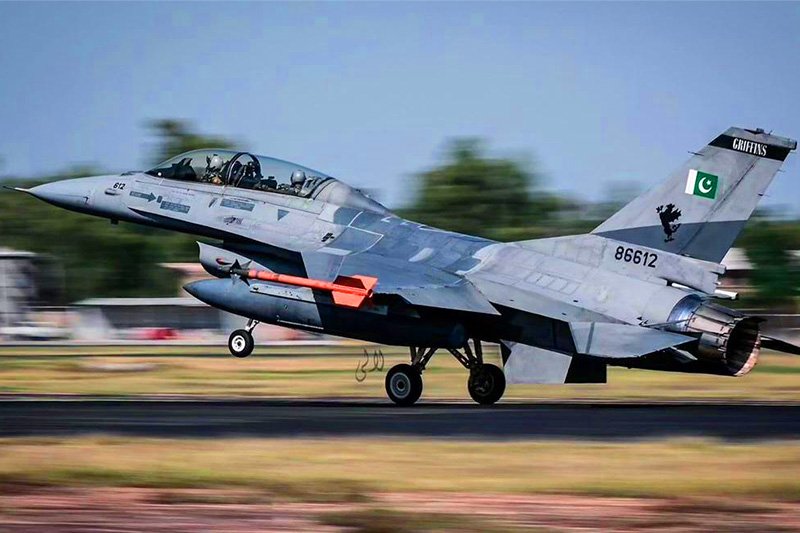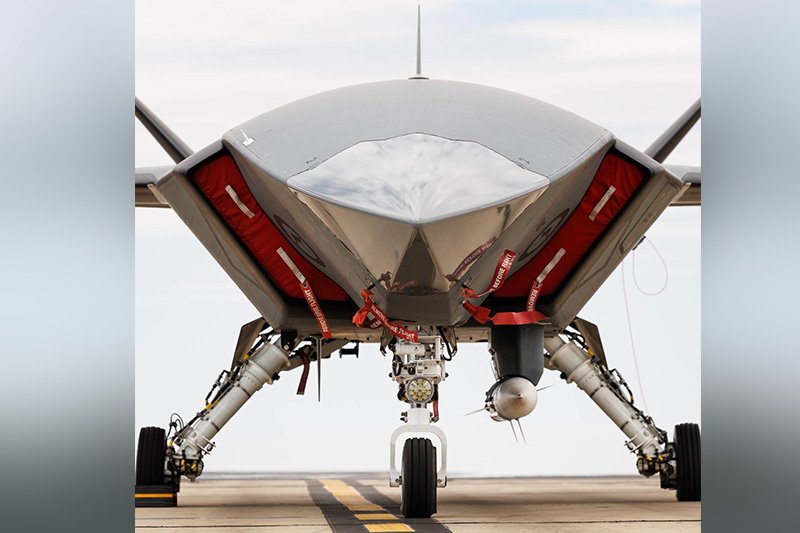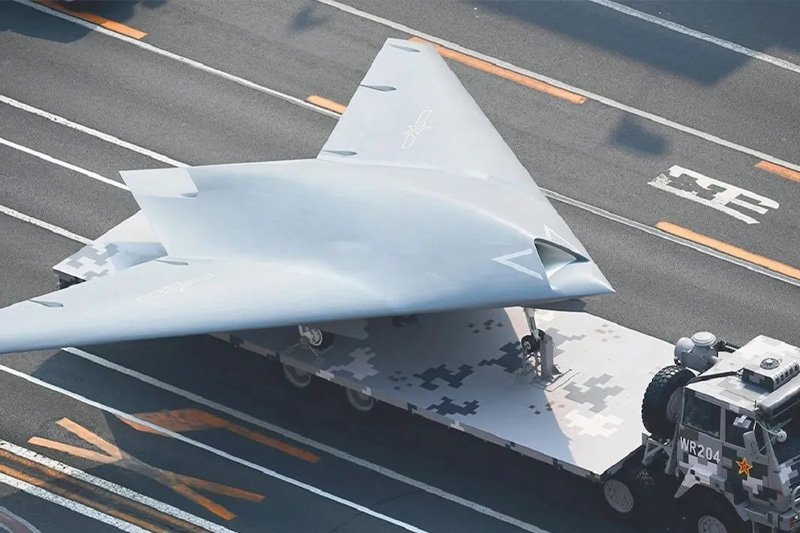China’s GJ-11 Sharp Sword UCAV Development and Testing
China’s reported testing of the naval variant GJ-11J represents a significant advancement in their unmanned combat aerial vehicle (UCAV) capabilities. The timing of this test alongside the launch of the Type 076 amphibious assault ship Sichuan suggests a coordinated development of integrated naval-aerial unmanned combat systems. This systematic approach to military modernization demonstrates China’s commitment to developing comprehensive unmanned warfare capabilities.
Technical Design Features
The GJ-11J showcases advanced design characteristics that place it among the most sophisticated UCAVs currently in development. Its flying wing configuration optimized for stealth operations represents a significant technological achievement. The streamlined profile, lacking vertical stabilizers, relies on advanced fly-by-wire control systems for stability and maneuverability. The revised wing design enhances long-range performance while accommodating internal weapons bays, crucial for maintaining stealth characteristics. The integrated engine exhaust system minimizes thermal signature, making the aircraft notably difficult to detect.
Operational Capabilities
The GJ-11 demonstrates remarkable versatility in its operational capabilities. Its dual-role functionality enables both strike and reconnaissance missions, supported by an advanced sensor suite incorporating radar and electro-optical systems. The comprehensive electronic reconnaissance equipment allows for sophisticated intelligence gathering, while real-time data transmission and processing capabilities ensure immediate tactical response. The platform’s all-weather operational capability and autonomous mission execution abilities make it a formidable asset in modern military operations.
Advanced Technology Integration
Advanced technology integration in the GJ-11 represents a significant leap forward in unmanned aerial system capabilities. The aircraft incorporates sophisticated active and passive sensor systems for continuous operation in various conditions. Advanced self-defense countermeasures protect against various threats, while electronic surveillance and signal analysis capabilities provide crucial intelligence gathering abilities. The automatic recovery and maneuvering systems ensure reliable operation, and multi-mission adaptability through modular configurations allows for rapid mission reconfiguration.
Strategic Implications
The development of the GJ-11 carries substantial strategic implications for regional military dynamics. Its enhanced unmanned strike capabilities and improved reconnaissance abilities provide significant tactical advantages. The integration with naval operations, particularly in conjunction with vessels like the Type 076, creates new operational possibilities. The platform reduces risk to human operators in contested environments while maintaining high mission effectiveness. Its flexible deployment options enable rapid response to various tactical situations.
Future Development Potential
The ongoing testing program indicates continued advancement in several key areas. Enhanced autonomous capabilities will likely improve mission effectiveness and reduce reliance on constant communication links. Improvements in stealth technologies and advanced weapons integration will enhance combat capabilities. Naval operation optimization remains a key focus, particularly as China expands its maritime presence. Integration with other military platforms will create more comprehensive and effective military systems.
Also read this: China 6th-Gen Fighter Jet Completes Maiden Flight
Recent Military Developments Context
The GJ-11J testing emerges within a broader context of Chinese military advancement. The recent testing of potential sixth-generation fighter prototypes demonstrates China’s ambition in aerospace development. The launch of the KJ-3000 early warning aircraft enhances command and control capabilities, while the Type 076 amphibious assault ship represents significant naval modernization.
These developments, occurring in rapid succession, indicate a coordinated effort to modernize Chinese military capabilities across multiple domains. The emphasis on unmanned systems and naval integration suggests a clear strategic vision for future military operations, with the GJ-11 playing a crucial role in this evolving capability matrix.
Keep connected with us at Facebook, Twitter, YouTube, Instagram & TikTok for latest defense happening around the globe.
Discover more from International Defence Analysis
Subscribe to get the latest posts sent to your email.


